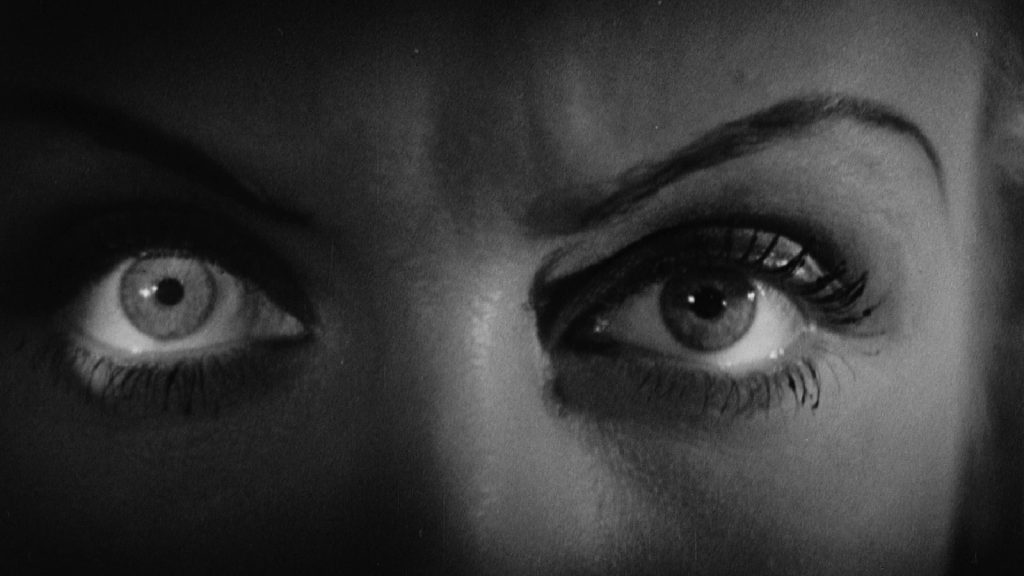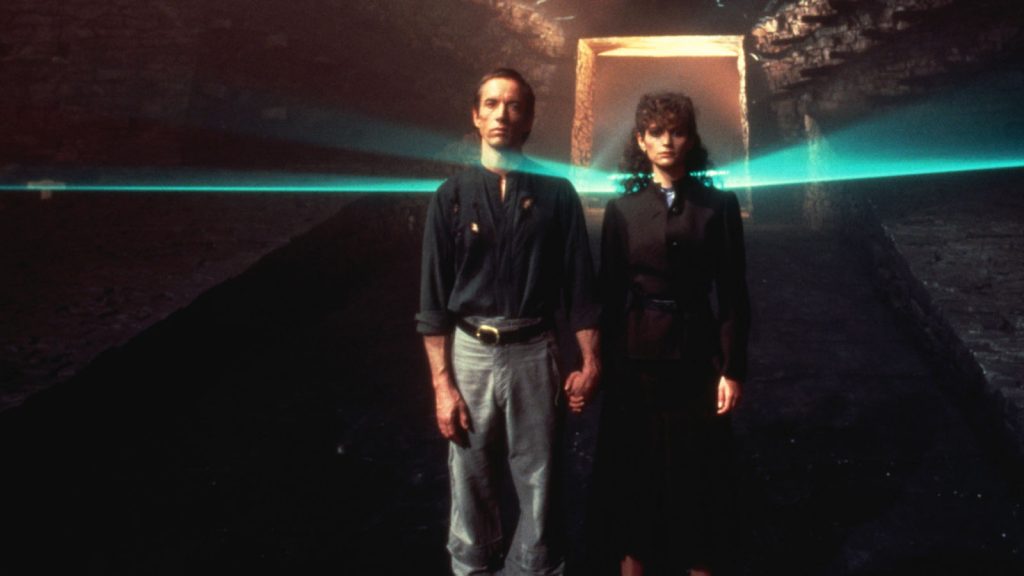
It’s a lovely day, and there you are motoring with your lady on the way back to your laboratory, where you keep hunks of flesh alive, when you get into a nasty wreck that slices her head clean off. A decapitation, though, is actually much more favorable than a caving-in, considering what you do and where you were headed (yes!), so you scoop up your girlfriend’s gourd—being as she is still your girlfriend, because it’s not like anyone broke up with anyone here—and you resume your car ride to the lab, where you bring her severed head back to life so that you may love some more.
This is the for-real premise of director Joseph Green’s 1962 film, The Brain That Wouldn’t Die, to whose title we could append with the words, “Because some control-freak guy wouldn’t let it.” Men, right?
Brains being brought back to life has actually been something of a horror trope and tradition, believe it or not, and this film amazingly isn’t the gold (mold?) standard of the bottom of the brain barrel. That honor might go to 1968’s They Saved Hitler’s Brain—which makes retaining and reanimating your steady’s head look not so bad by comparison, and that isn’t easy to do.
It’s worth noting that there’d also been this macabre trend of car-crash songs around the time of The Brain That Wouldn’t Die, in which young men would even get in the coffin to be with their loves post-vehicular tragedy. Listen, as well, to radio dramas from the 1950s (Green’s film was completed in 1959 and then sat around like, well, a certain severed head), and you’ll hear plenty of public service advisories warning you to drive safe. Cars were cool but also scary. Speed was seen as a taker of life.
Now, you could say that scary is one thing and stupid is another, but The Brain That Wouldn’t Die needs to be seen, and not just to verify that such a film could exist. Schlock is part of the horror medium. There isn’t comedy schlock like there’s horror schlock. And the rub with some of that schlock, at least, is that it’s fun. Knock The Brain That Wouldn’t Die as often as you like, but you’ll be challenged to have a bad time watching it.
Jason Evers is the scientist who drove too fast and now won’t let go, and Virginia Leith plays the head, which is mounted on a table and just kind of sits there and squawks about wanting to die, because what else is it going to do? But fear not—the bad doctor has a plan to find himself a ripping hot young bod, cut off its owner’s head, and fuse that bitchin’ chassis with the talking head he’s already got. Sounds reasonable.
They say you should be on friendly terms with your exes. Don’t burn bridges if it isn’t necessary, because you never know when you’ll have to ring one of them up and have her trust you enough so that her body can be harvested.
There’s a horrific slop-pile of amalgamated flesh in a laboratory closet, which the head on the desk communes with telepathically, resulting in a strange union—everything is strange here, man—that saves the day insofar as it can be saved. It is unusual to hear someone laugh with glee because they’re about to be burned alive, but that’s what this head does, and who are you to say that yours wouldn’t? 🩸

is the author of eight books, including the story collection, If You [ ]: Fabula, Fantasy, F**kery, Hope, a 33 1/3 volume on Sam Cooke’s Live at the Harlem Square Club, 1963, Meatheads Say the Realest Things: A Satirical (Short) Novel of the Last Bro, and a book about 1951’s Scrooge as the ultimate horror film. His work has appeared in Harper’s, The Atlantic, Rolling Stone, The New York Times, Vanity Fair, The Daily Beast, Cineaste, Film Comment, Sight and Sound, JazzTimes, The New Yorker, The Guardian, and many other venues. He’s completing a book called And the Skin Was Gone: Essays on Works of Horror Art. His website is colinfleminglit.com, where he maintains the Many Moments More journal, which, at 2.7 million words and counting as of autumn 2023, is the longest sustained work of literature in history.
The influence of Mary Shelley’s Frankenstein on motion pictures can be traced back to the early years of cinema, and reanimating the dead has since grown into one of horror’s most beloved...
BY LAURA KERN | August 18, 2023
Though recent events have redefined masks as symbols of caution and courtesy, their role in the horror pantheon is steadfastly sinister. From the myriad Phantoms of the Opera...
BY STEVEN MEARS | November 2, 2024
A peculiar pre-Code concoction of horror, sci-fi, murder mystery, and slapstick romantic comedy, Doctor X was filmed simultaneously in two-color Technicolor and black and white...
BY ANN OLSSON | March 17, 2022

This pre-Code offering packs a lot of story into its typically brisk running time, with several plot threads weaving together a (not always successful) tapestry of spooky and criminal doings.
READ MORE >
BY ANN OLSSON | Month 00, 2021

In what could be the fastest-resulting rape revenge movie, a drunken lout brutally forces himself on Ida, the young woman who doesn't return his affections, during a party over Labor Day.
READ MORE >
BY LAURA KERN | Month 00, 2021

Beast is a lot of movies in one package - fractured fairy tale, belated-coming-of-age story, psychological drama, regional horror film - but above all it's a calling card for its leading lady, Jessie Buckley.
READ MORE >
BY LAURA KERN | Month 00, 2021